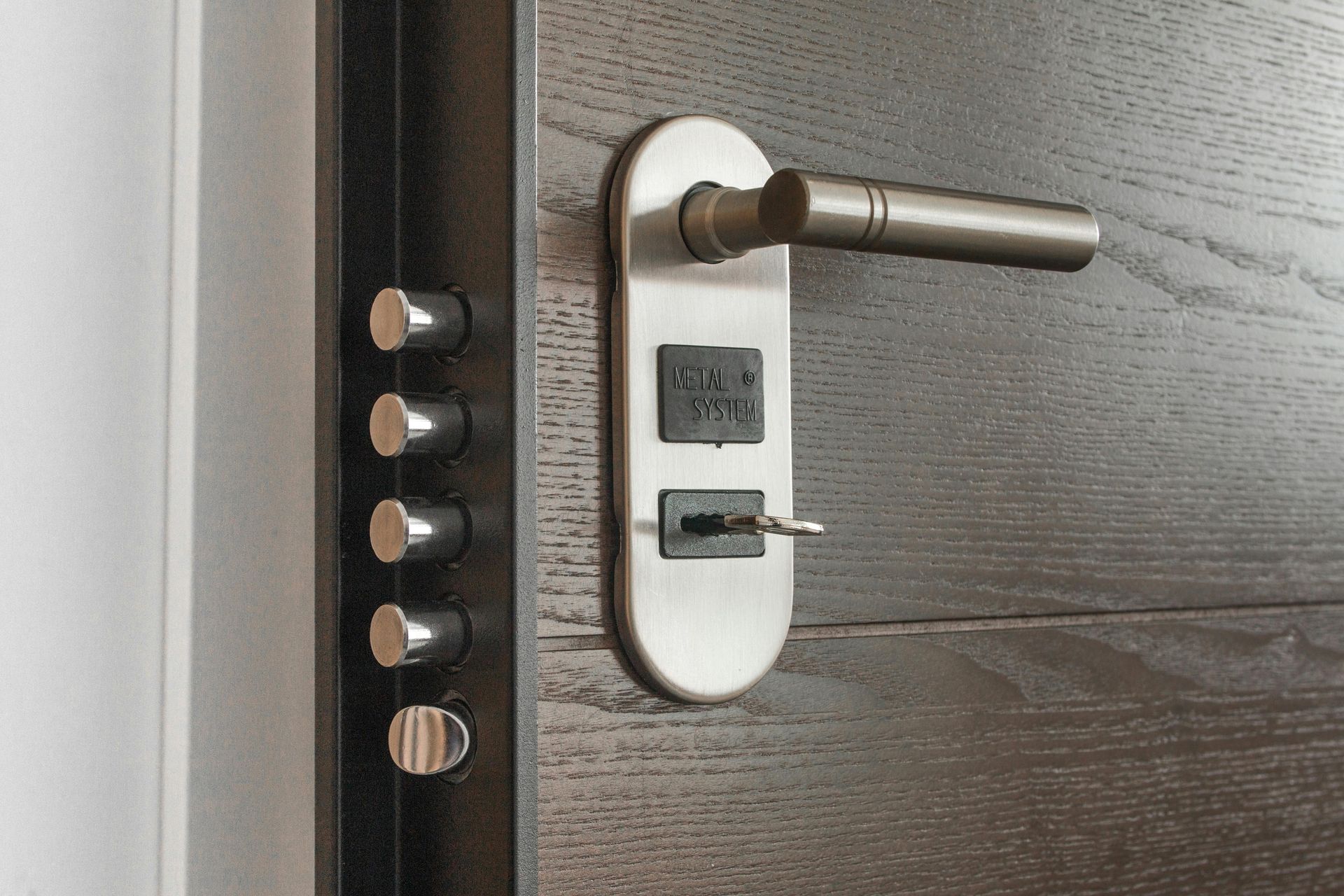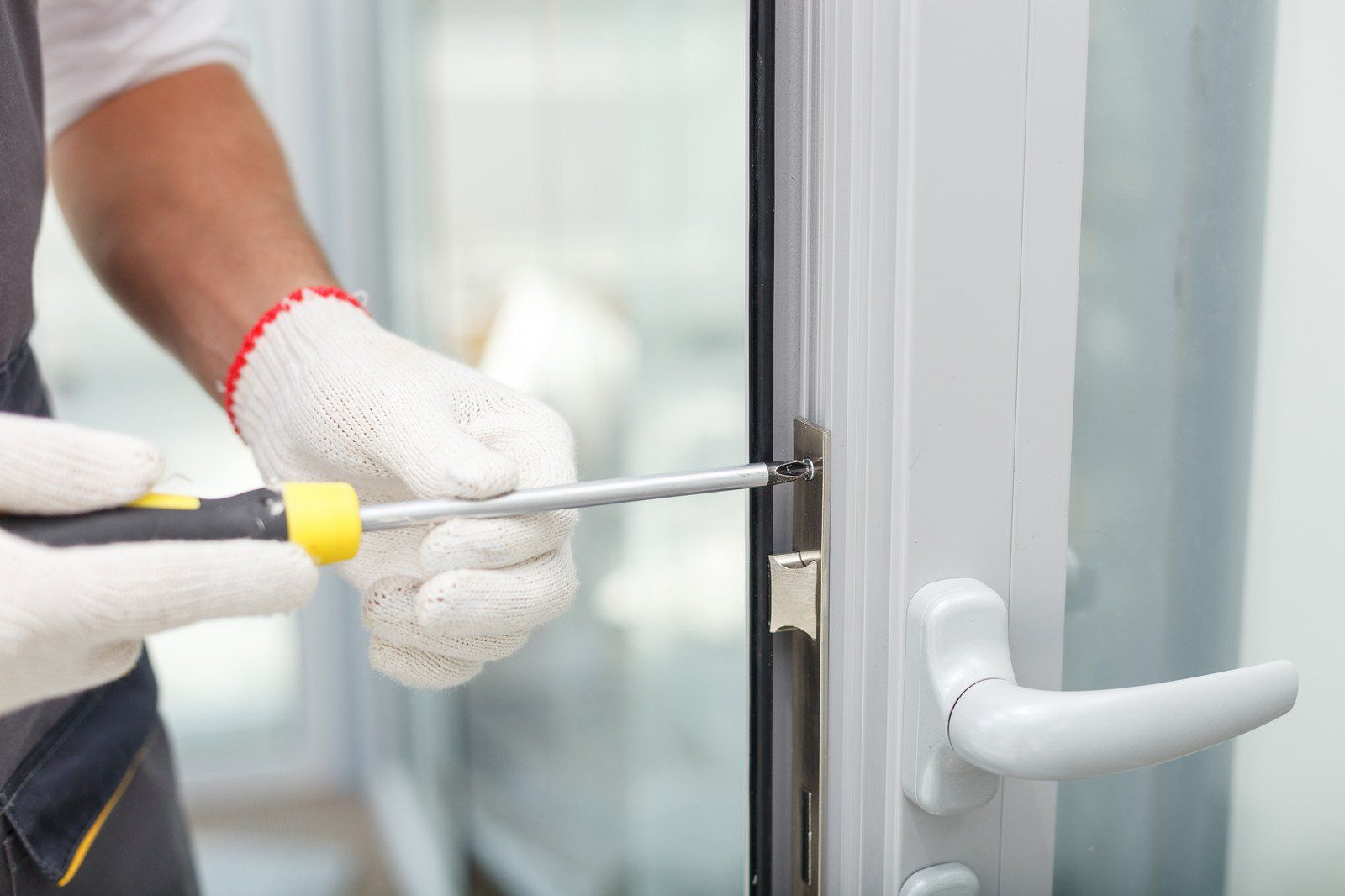




How To Open A Superglued Lock
Acetone can be effective in softening and dissolving superglue, but it should be used with caution when attempting to remove superglue from a lock. While acetone can help break down the adhesive properties of the superglue, it can also damage certain materials commonly found in locks, such as plastic or rubber components. We advise using the solution only as a last resort, always call a professional locksmith when you can.
If you decide to use acetone to remove superglue from a lock, here are some important considerations:
In summary, while acetone can be effective in removing superglue from a lock, it should be used cautiously and with care to avoid causing damage to the lock's components. If in doubt, it's best to seek assistance from a professional locksmith.
There are a few extra steps you can take to ensure you extract the best out of a bad situation.
By following these steps and seeking assistance from a qualified locksmith, you can address the issue of a superglued lock efficiently and effectively, restoring security to your property and minimizing the risk of further damage or security breaches.
Why would someone put glue in a lock?
Regardless of the motive, tampering with locks in this manner is illegal and can result in property damage, security risks, and potential legal consequences for the perpetrator. If you encounter a lock that has been tampered with, it's important to contact a professional locksmith to assess the situation and restore security.
How superglue acts as an effective lock disruptor
Superglue, or cyanoacrylate adhesive, can act as an effective lock disruptor in both cylinder locks and mortice locks, albeit through slightly different mechanisms:
In Cylinder Locks:
Superglue can be injected into the keyhole of a cylinder lock, where it quickly spreads and hardens upon contact with air. Once the glue hardens, it forms a solid mass inside the lock cylinder, effectively immobilizing the pins or tumblers that are essential for the lock's operation. This immobilization prevents the lock from turning even when a correct key is inserted, rendering the lock unusable.
Cylinder locks rely on precise alignment of internal components, such as driver pins and key pins, to allow the lock to rotate and open. Superglue disrupts this alignment by adhering to the pins and freezing them in place, effectively jamming the lock mechanism. As a result, even if the correct key is inserted, it cannot lift the pins to the correct height, preventing the lock from opening.
In Mortice Locks:
Mortice locks are more complex than cylinder locks, typically featuring a larger internal mechanism housed within the door. While superglue can still be injected into the keyhole of a mortice lock, its effectiveness may vary depending on the design of the lock.
In mortice locks, the glue may not penetrate as deeply into the mechanism as it would in a cylinder lock, making it less likely to immobilize all internal components. However, if applied in sufficient quantity, superglue can still adhere to and immobilize critical components within the lock, such as the levers or bolt mechanism.
In both types of locks, the effectiveness of superglue as a disruptor lies in its ability to create a solid obstruction within the lock mechanism, preventing the normal operation of the lock. This disruption can only be remedied through the removal of the hardened glue by a professional locksmith, making it a highly effective method of lock tampering when employed by individuals with malicious intent.
How to prevent super glue in locks
By implementing these preventative measures, you can help safeguard your locks and reduce the risk of super glue tampering or other forms of vandalism.
In any case, if you are in a situation where glue has found itself into your lock, just call us on 0203-151-0531 and we'd be happy to help.




